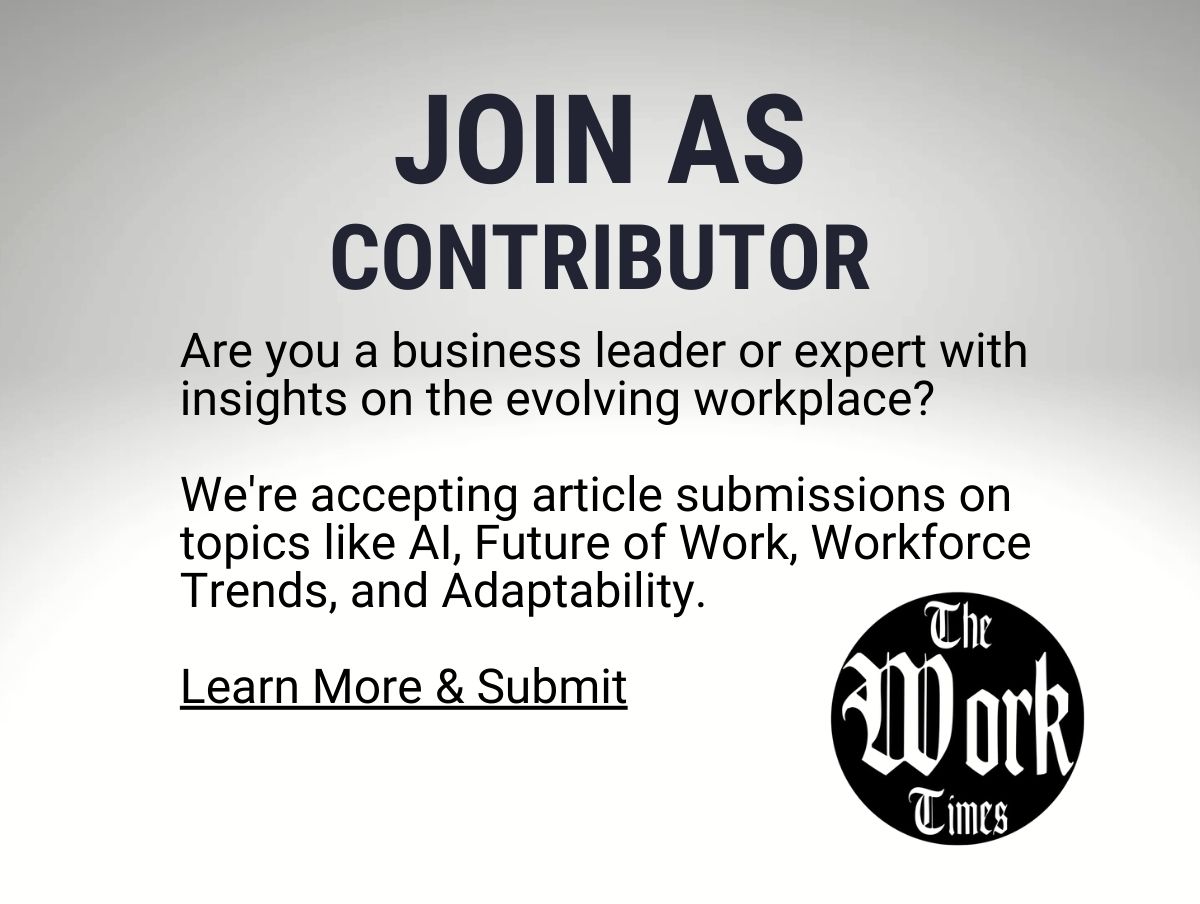The Unseen Epidemic: Stress and Mental Health in the Research Community
Amidst the gleaming laboratories, ground-breaking publications, and prestigious grants, there lies an unsettling reality often hidden from the public’s view – the mental health crisis within the research community. From the relentless pursuit of novel findings to the constant pressure to secure funding, researchers are all too familiar with the toll that their profession can exact on their mental well-being.
In a world that glamorizes the hustle and the endless pursuit of data, the research community bears a significant yet concealed burden. The chase for academic excellence and groundbreaking discoveries is not without adversity. The pursuit of knowledge, while ennobling, carries with it an inherent set of stressors – the unyielding demand for publishing results, the fierce competition for limited funding, and the perpetual quest for recognition and career advancement.
At the core of this stress is the ‘publish or perish’ culture, which hangs over the heads of researchers like a Damoclean sword. The push to generate a constant stream of scholarly work is relentless, and the fear of obsolescence is pervasive. Researchers are expected to churn out high-impact papers, and for those in the early stages of their careers, this is often the key determinant of job security and progress.
Moreover, the scramble for funding is an ongoing saga. With each rejection of a grant application, the researcher’s lifeline to resources dwindles, leading to profound anxiety and uncertainty. The allocation of research funds is frequently perceived as a zero-sum game, where one’s gain is another’s loss – a mindset that fuels rivalry rather than collegial collaboration.
Pervasive stress and anxiety can lead to a host of mental health issues. Burnout, depression, and anxiety disorders are becoming increasingly prevalent in the research community, yet these conditions often remain cloaked in silence. The stigma attached to mental health struggles, coupled with the fear of appearing weak or incompetent, means many researchers suffer in silence.
The implications for mental health in such an environment are dire. It can lead to not just personal anguish but also professional stagnation. Creativity and innovation – the lifeblood of research – require a mind that is nourished and well, not one that is constantly fighting off stress and burnout.
To foster a healthier work environment, cultural and systemic changes are urgently needed. Academia and research institutions must recognize and address the mental health needs of their community. This involves creating more supportive structures, such as mentoring programs, mental health resources, and a more transparent and equitable funding system.
Comparatively, similar knowledge-driven fields, such as technology and finance, often recognize and address workplace stress more openly. The tech industry, for example, has increasingly adopted wellness programs and flexible work arrangements to combat stress. These measures, though not a panacea, are a step in the right direction and exemplify changes that the research sector could emulate.
Interventions are not solely the responsibility of institutions; they require a concerted effort from policymakers as well. Policies that prioritize mental health services, grant programs that account for the well-being of researchers, and the valuation of quality over quantity in scientific outputs are all measures that can reshape the landscape of research into one where mental health is given the attention it deserves.
In the final analysis, it is incumbent upon all stakeholders in the research ecosystem – from universities to funding agencies, from individual researchers to policymakers – to acknowledge and address this unseen epidemic. Only through a collective and dedicated effort can we hope to alleviate the stress and mental health issues that permeate our research communities, ensuring that the pursuit of knowledge does not come at the cost of the well-being of those who seek it.































